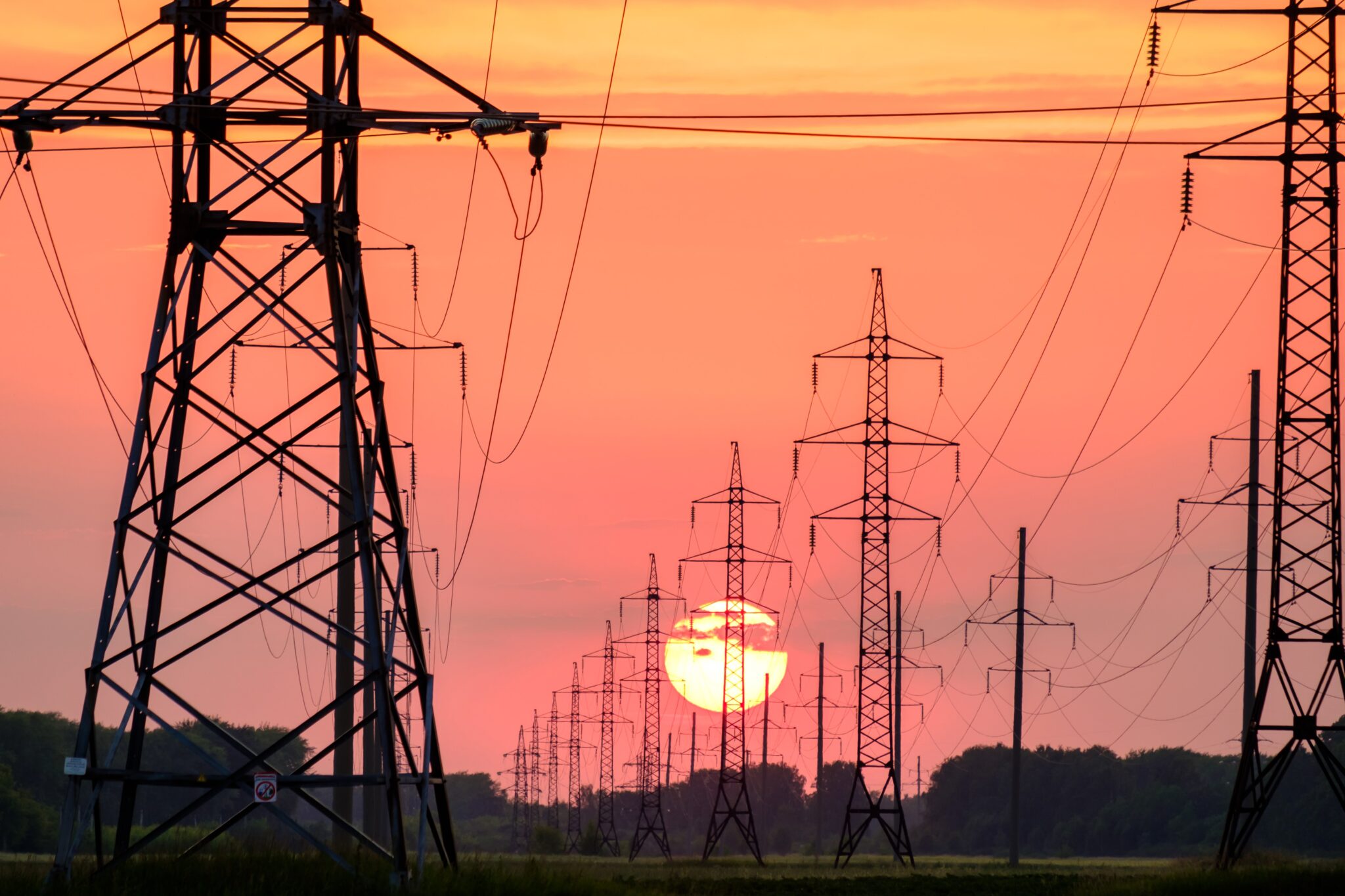Pakistan produces around 12000 megawatt (MW) more electricity than its need. Then why do we have load shedding? If we have extra electricity, why is the electricity cost increasing day by day? These are the questions many Pakistanis ask. Let’s dig deeper.
In general, losses are estimated from the discrepancy between power produced (as reported by power plants) and fuel sold to the end customers; the difference between what is produced and consumed constitutes transmission and distribution losses, assuming no utility theft occurs. The transmission and distribution setup of Pakistan can provide 22000MW electricity to the end consumer (industries and domestic use ). While The consumer demand is 25000MW, There is a shortfall of 3000MW that the transmission system cannot support.

This deficit in the supply and demand chain results in adjusting the 22000MW electricity according to a consumer need of 25000MW, hence giving rise to load shedding. There are several moving parts to the supply chain.
After power generation in powerhouses, the voltage is stepped up to be transmitted via primary transmission lines to 500/220-kilovolt grid stations. In these grid stations, the voltage is converted to 132kv and then transmitted via secondary transmission lines to 132kv grid stations.
From here, they are transmitted to distribution lines and delivered to consumers. The capacity of all these units — primary transmission lines, secondary transmission lines, grid stations, distribution lines, distribution transformers — has failed to keep pace with the increase in demands.
The share of indigenous electricity resources like hydro, nuclear, and renewable energy, which does not depend on the regular import of fuel, is 41%. But the share of thermal-based electricity which relies on expensive oil fuel from other countries is 59.42%.

The crisis of energy losses
Our transmission lines run through very long distances, leading to line losses. The distribution lines also are prone to failures because of no up-gradation of cables and transformers. Together the line and distribution losses account for up to a whopping 18.3 percent of what we feed. For developed countries like Germany and France, it is 4 and 6 percent respectively.
Additionally, power theft, low metering rate and corruption have restricted the Distribution Companies (DISCOs) like IESCO, PESCO, LESCO, etc., to make a full recovery.
Why electricity is getting expensive
All these losses result in overburdening the government. To minimize the damage, especially electricity theft, Govt has to adjust the tariffs. This increases bills. But wait, that is not the only reason for a rise in bills.
The department responsible for regulating the electricity supply in Pakistan is called National Electric Power Regulatory Authority (NEPRA). According to the 2020 official report of NEPRA, Pakistan’s total installed power generation capacity as of 30th June 2020 was 38,719 MW. This energy is produced from different sources like hydro, nuclear, thermal, and renewable energy (RE).
The share of indigenous electricity resources like hydro, nuclear, and renewable energy, which does not depend on the regular import of fuel, is 41%. But the share of thermal-based electricity which relies on expensive oil fuel from other countries is 59.42%. The breakdown is given in the figure and table below.


From the table, we see that share of thermal-based energy is highest in electricity production in Pakistan. The cost of this energy is directly related to the cost of fuel in the international market. Due to the growing demand for energy globally, fuel prices are skyrocketing. Pakistan also will have to buy the fuel at high rates than before. And this will also burden on our cost of energy production hence adding to our monthly bills.
The solutions to energy crisis
The plan is simple: Inject data-driven planning. Inject expertise. The following strategies can be adopted:
- We know that fuel based electricity is expensive for us and also unreliable due to unreliable logistic situation in covid-19. Nuclear, hydro and RE are our best bet.
- Reducing transmission and distribution losses will help solve our energy crisis to a greater extent. For achieving this, new technologies like HVDC shall be adopted.
- High-Voltage Direct Current (HVDC) Transmission
An emerging trend being considered is high-voltage direct current (HVDC) lines because of some of the advantages in the efficiency. According to an ABB study, HVDC lines provide 25 percent lower line losses, two to five times the capacity of AC lines at similar voltages, and the ability to precisely control the flow of power.
- With better planning, based on reliable and historic data and the use of modern techniques such as hybridization of REpower, challenges in the induction of REpower plants can be managed to a larger extent. In order to take advantage of the solar potential across the country; small and medium-sized solar power plants may be installed near load centers, where the power evacuation facility (grid) already exists to minimize the transmission cost. Acknowledging the importance of RE power plants, the Federal Government has set a target of 20% RE capacity by 2025 and 30% by 2030 in the national grid.
- In order to exploit this solar energy, the process of Net-metering should be made fast and easy. Right now there are only 104 companies across Pakistan that are licensed to install the solar systems required for putting an application of net-metering.
Also, the net-metering application waiting time is 3 months, which means the solar system installed by consumers will be wasting the extra power it generates. It cannot be shared with the Water And Power Development Authority (WAPDA) until the new meter is installed. During FY 2019-20, only 3,334 Nos. of Net-Metering Licenses with a total installed capacity of 56.87 MW were issued. The efficiency of the process can be increased by introducing private distribution companies. This will end the monopoly of government-controlled DISCOs and increase the quality of service.
- Retiring the circular debt by Improving the billing collection ratio and 100 % metering.
References:
- [1] State of industry report 2020
https://nepra.org.pk/publications/State%20of%20Industry%20Reports/State%20of%20Industry%20Repor t%202020.pdf
- [2] Sustainable energy handbook, module 5.5, Grid loss reduction, https://europa.eu
- [3] Nitrogen Assessment: Pakistan as a Case-Study, Tariq Aziz, Abdul Wakeel,
- https://books.google.co.kr/books?id=HOkGEAAAQBAJ&pg=PA64&lpg=PA64&dq=Pakistan+has+a+capacit y+of+providing+22000+MW+electricity&source=bl&ots=AHZDZsaA7_&sig=ACfU3U30wNcO4S3WEFhnDC KxpAnJKw36Yw&hl=en&sa=X&ved=2ahUKEwjA0OKUo6X2AhURsFYBHTvyCLMQ6AF6BAg6EAM#v=onepag e&q=Pakistan%20has%20a%20capacity%20of%20providing%2022000%20MW%20electricity&f=false
- [4] Pakistan’s electricity generation has increased over time. https://www.dawn.com/news/1430728
- [5] Great Potential, Many Pitfalls: Understanding China’s Belt and Road Initiative by Bijan Omrani https://books.google.co.kr/books?id=sSszEAAAQBAJ&pg=PA62&lpg=PA62&dq=Pakistan+has+a+capacity+ of+providing+22000+MW+electricity&source=bl&ots=ZCCGzVpbMm&sig=ACfU3U2IYvN7qxDpb1NraqJ6u BdspUow_A&hl=en&sa=X&ved=2ahUKEwjA0OKUo6X2AhURsFYBHTvyCLMQ6AF6BAghEAM#v=onepage& q=Pakistan%20has%20a%20capacity%20of%20providing%2022000%20MW%20electricity&f=false
- [6] Energy Crisis in Pakistan | Pakistan Energy problems and its solutions |Electricity in Pakistan CSS https://www.youtube.com/watch?v=6H9PMlRTu7U&ab_channel=CSSForum
- [7] Measures for reducing transmission and distribution losses of Pakistan, IJSER Journal
- https://www.ijser.org/paper/Measures-for-reducing-transmission-and-distribution-losses-of Pakistan.html
- [8] Distribution firms suffer 18.3pc losses this year. https://www.dawn.com/news/1460225 [9] Pakistan Economic Survey 2020-21, chapter 14: Energy https://www.finance.gov.pk/survey/chapters_21/14-Energy.pdf
- [10] Convert from AC to HVDC for higher power transmission
- https://new.abb.com/news/detail/11828/convert-from-ac-to-hvdc-for-higher-power-transmission
- [11] NET-METERING REFERENCE GUIDE FOR ELECTRICITY CONSUMER,
- https://www.aedb.org/images/NetmeteringGuidlinesforConsumers.pdf
- [12] Solar Net-metering, https://www.youtube.com/watch?v=MBOyAPtY5Xg&ab_channel=SyedOwaisAli
Also Read: Climate Change and Residential buildings- the way forward

Wisal Kamal is a mechatronics engineer who graduated from UET Peshawar and currently doing his Ph.D. in mechanical engineering from South Korea. He has a keen interest in energy, SDGs, astronomy, and Artificial Intelligence. Since 2013 he has been involved in various energy and SDG projects.

